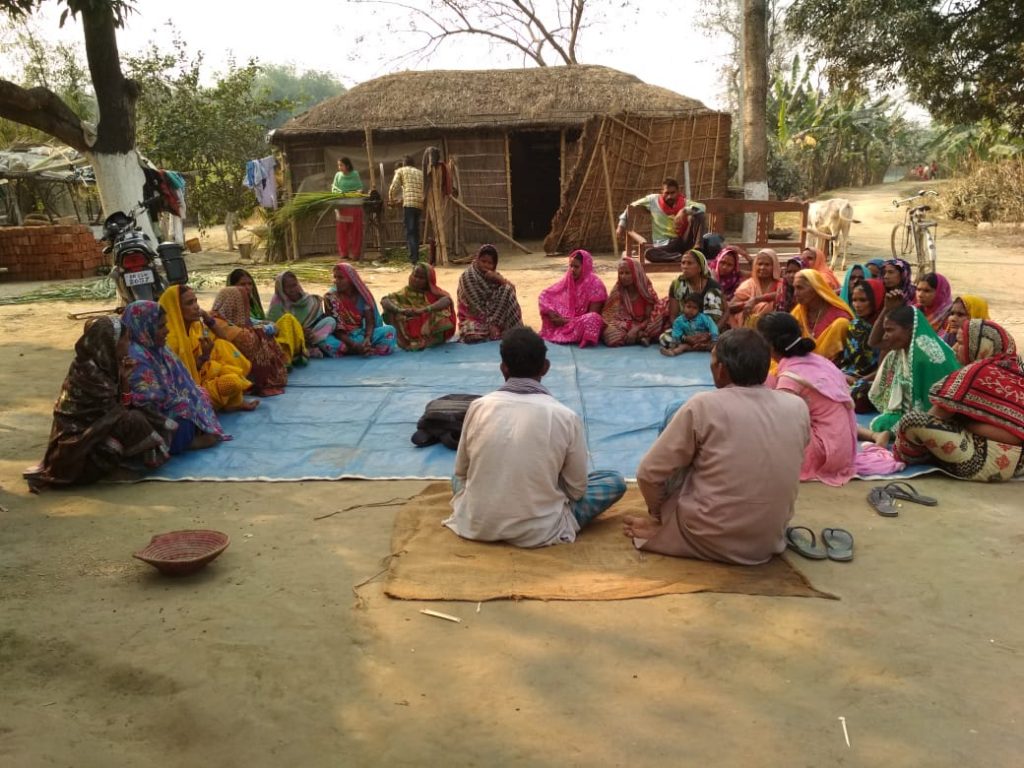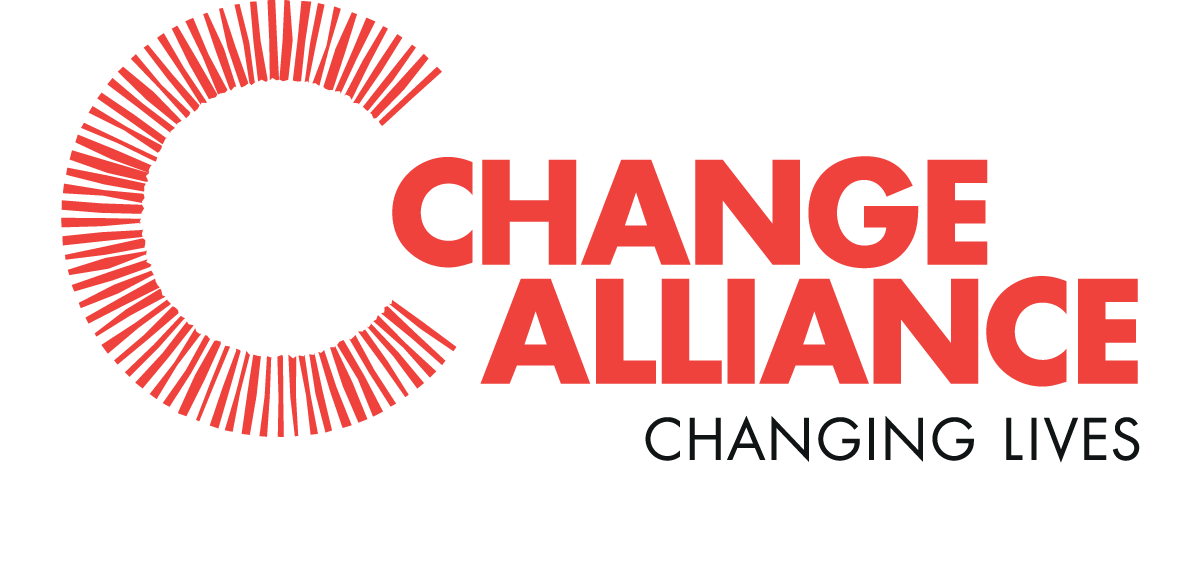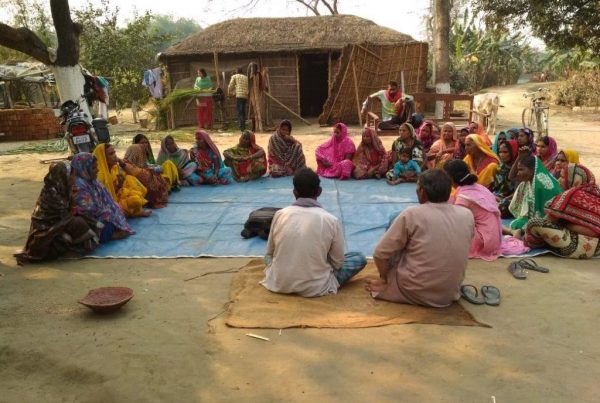
The standard approach of humans to address their queries has been inductive, to get to the depth of a problem, improve their understanding, and make a hypothesis basis that. It is a natural way of collecting information and is considered very insightful. This is one of the reasons why Qualitative research has been the favorite of researchers since long. However, in the context of social research, researchers were unable to address all issues using only qualitative research and hence the need for Quantitative research was felt. It is a well-known fact that assessments using mixed research design give stronger inferences and holistic perspective to the issue being studied. Here’s why:
Subjectivity
The interpretation of the information from qualitative research is subjective as it involves personal involvement of the researcher with the respondent. Especially in case of Social Sector Research, where the issues most of the time lead to policy and decision making, it is important that the results from Qualitative research are corroborated with the results from Quantitative research. Also, a quantitative perspective reduces interviewer biases as well.
Generalization of study results
When the study results are used to make schemes or policies for state or national level, it is important that the results be generalized for the whole population and are not only confined to the respondents covered. Apart from this, there are always time and resource constraints that need to be accounted for. Quantitative research helps in generalizing the findings from the study and basis that policies or schemes for the whole population can be designed.
At times, researchers base their theories of human behavior or economics on some assumptions. These assumptions can also come from other qualitative studies conducted by the researchers themselves or from other qualitative researchers. To see if these hypotheses can be generalized, Quantitative research is the valid method.
Complex problems
Sometimes a question can only be answered using a combination of variables. Quantitative research through logical and defined answers helps answer such questions. For example, in one of our livelihood scoping studies for the marginalized communities to understand their livelihood patterns and gaps, we wanted to measure and compare the poverty levels of different respondent groups based to caste, region, and gender. Poverty is a complex variable and cannot be measured only with income, expenditure, or assets. In a Qualitative Research, we can ask all these questions, but to create a single variable to be compared across, we created a series of questions to be converted to an index to measure poverty.
Locking key
There are some limitations of Quantitative research as well, but together these two methods complement each other. We need to be careful in choosing our research design so that we do not miss any aspect of the study or the issue. The use of Quantitative research maybe newer compared to Qualitative research but the insights provided and the opportunities toward the utilization of the findings are tremendous.
Pragya Jain is a Research Manager at Change Alliance Pvt Ltd.



